
 By Victor Duda
By Victor Duda
According to ISW analysts, Russia has changed its approach in the Pokrovskaya area and is now concentrating not on a direct assault on the city, but on completing its operational encirclement. The latest attempts by Russian assault groups to penetrate into Ukrainian positions north of the city indicate an attempt to cut the key roads that supply the Pokrovsk and Mirnograd garrisons.
This approach differs from the previous actions of the Russian forces, which previously sought to break through to Pokrovsk itself. New geolocation materials that appeared on November 16 confirm that the Russians conducted a small infiltration operation in this area. Separate Russian Telegram channels announce similar actions closer to the city.
According to ISW estimates, Ukrainian defenders destroyed or wounded most of the members of such groups, so there is no clear evidence that the enemy managed to gain a foothold in new positions. A representative of the Ukrainian brigade fighting in this direction reported that the Russian forces had returned to the tactics of microgroups of two or three soldiers, abandoning unsuccessful mechanized assaults.
Military personnel from the neighboring tactical area also note a reduction in the number of these sabotage teams — previously they numbered five to seven people. According to the Ukrainian drone operator, the Russians expect that even one surviving fighter from the trio will be able to gain a foothold in the city, which makes their tactics extremely resource-intensive and ineffective.
In particular, such a strategy, along with the failure of mechanized attacks, can restrain the Russian advance and make it difficult to reinforce assault groups in the city. ISW analysts also note that weather conditions also significantly affect the course of battles. Russian military bloggers admit that the thick fog limits the capabilities of both armies.
According to them, Ukrainian units can maneuver and leave Pokrovsk more inconspicuously, and Russian drones work less effectively in conditions of low visibility, which allows Ukraine to partially support logistics supply lines. At the same time, Ukrainian troops are adapting their own methods of fighting in such conditions.
A mechanized brigade near Druzhkivka and Kostyantynivka used ground-based unmanned aerial systems to detect Russian vehicles attempting to advance on Rusyn Yar under the cover of fog. The obtained coordinates allowed the FPV drones to destroy the advancing Russian group, which demonstrates the quick adaptation of the Ukrainian forces to the enemy's new tactics. The logistics of Ukrainian forces in Pokrovsk and Myrnograd remain critically difficult.
A Ukrainian combat medic in a CNN comment described the situation as extremely dangerous — Russian drones are constantly adjusting their fire on the roads leading to the cities and making it impossible for Ukrainian equipment to approach closer than 10-15 kilometers. Because of this, the evacuation of the wounded takes place with significant delays and risks. The medic also reported on the shelling of unmanned vehicles marked with the Red Cross, which are used to transport wounded soldiers.
It is worth noting that such actions grossly violate the norms of international humanitarian law. Note that, according to the British columnist Mark Galeotti, Pokrovsk in the Donetsk region actually came under the control of the Russian Armed Forces, but its loss will not be a decisive turning point in the war.


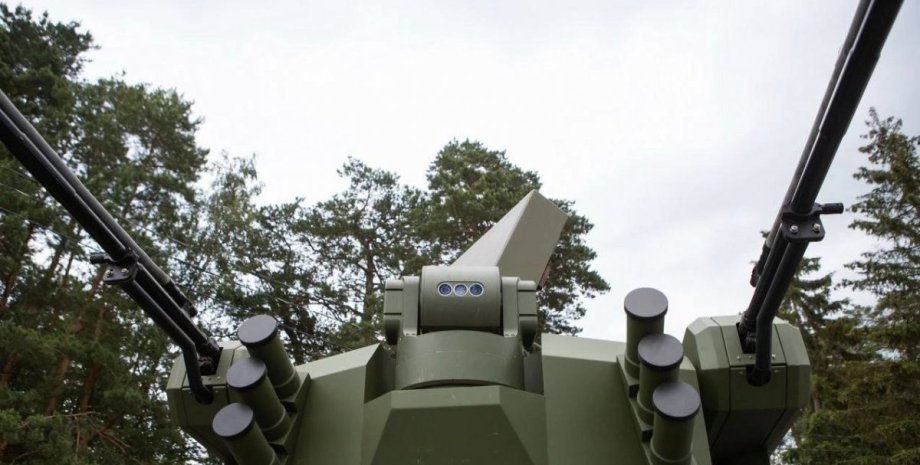
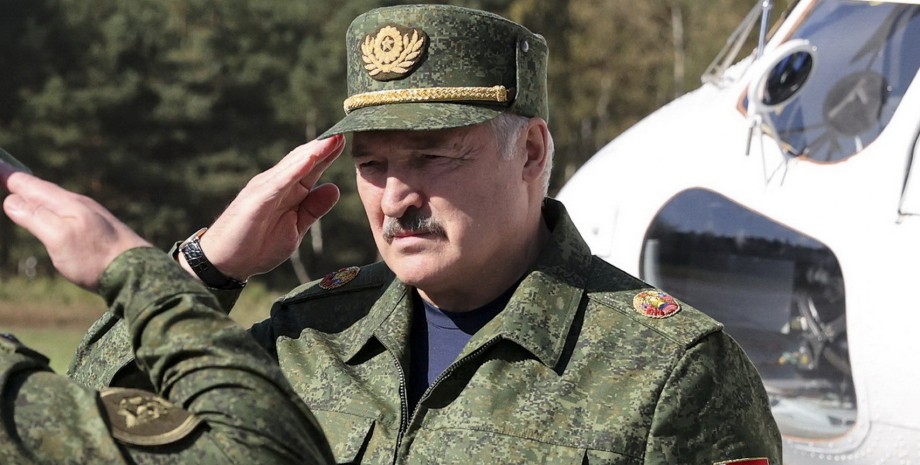


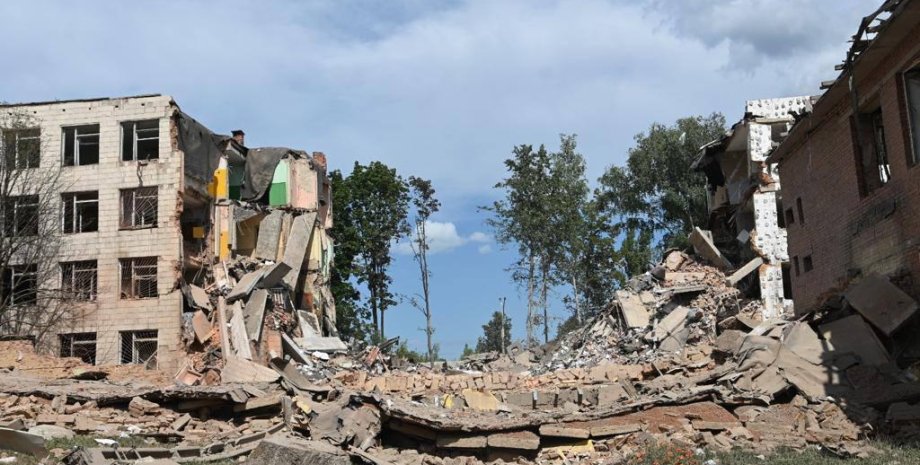
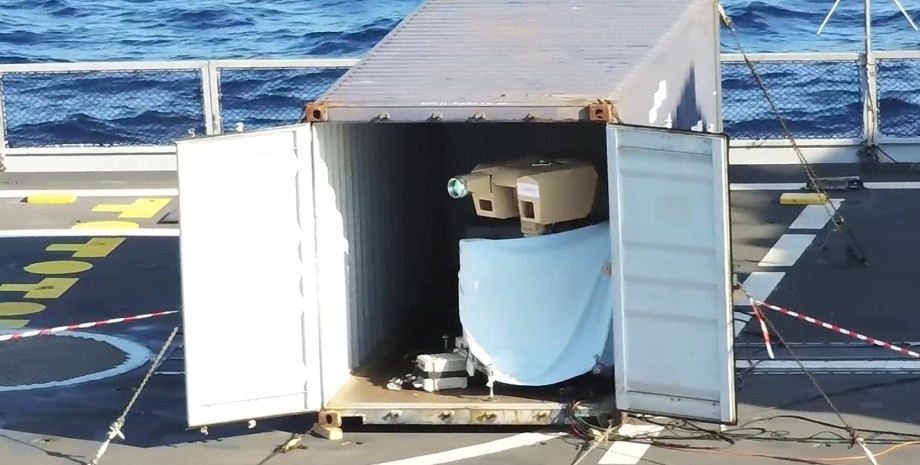

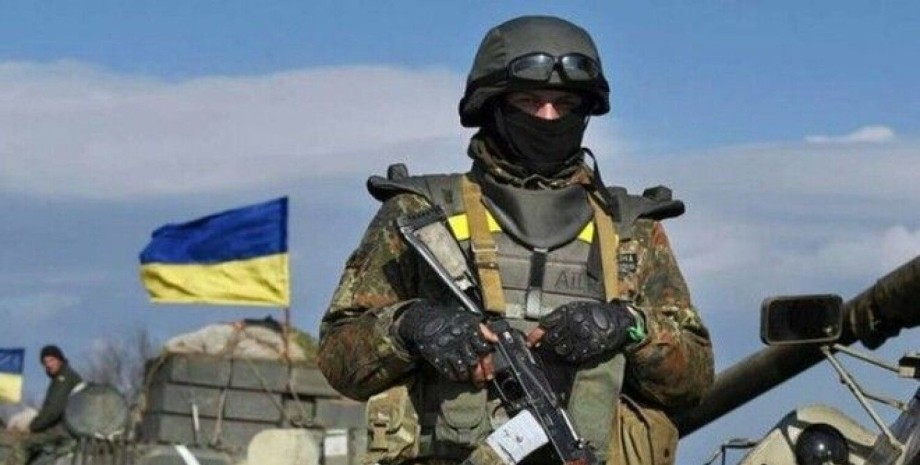
All rights reserved IN-Ukraine.info - 2022